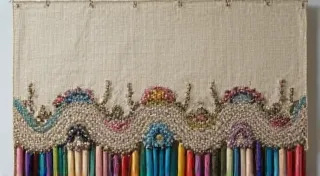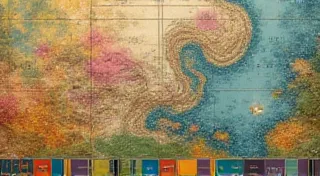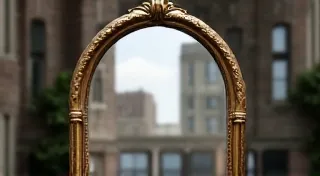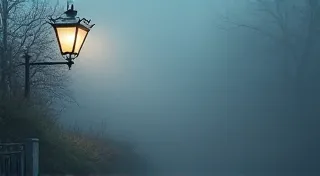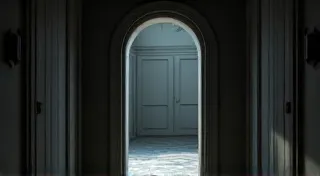The Alchemist's Mirror: Transforming Imperfection into Radiant History
There’s a peculiar magic that clings to antique postcards. They aren't simply images; they’re whispers from the past, tangible connections to lives and moments long gone. Holding one in your hand – the slightly yellowed surface, the faint scent of aged paper – it feels like holding a fragment of a dream. I'm drawn to that dream, to the ability to not just preserve it, but to reveal it in a new light through the art of postcard colorization. It’s a process I often think of as alchemy – transforming imperfection into radiant history.
My journey into postcard colorization began, as many things do, with a personal connection. My grandmother collected postcards throughout her life, a vibrant and eclectic mix from around the globe. After she passed, I inherited her collection, a trove of forgotten stories. Many were in rough shape – scratched, stained, torn—the ravages of time having taken their toll. I felt a deep responsibility to safeguard these memories, to ensure they didn't fade further into obscurity. Simply preserving them wasn't enough; I wanted to breathe new life into them, to make them accessible and engaging for future generations.
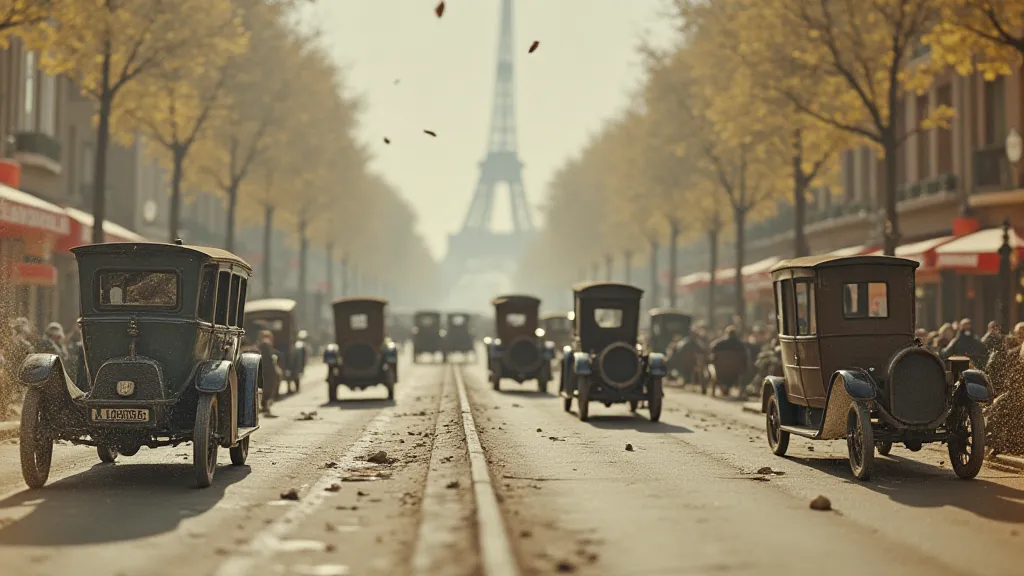
The Challenges of Imperfection: A Restorer's Perspective
Restoring these postcards isn’t simply about applying color; it's about understanding the history etched onto their surface. Every scratch, every stain, every tear tells a story of its own – the journey through the mail, the years spent tucked away in albums, the exposure to the elements. Ignoring these imperfections would be a disservice to the postcard's history. However, letting them dominate the image would obscure the original scene, and diminish the overall impact.
Common flaws are abundant: scratches from handling and storage, water stains that bleed and distort, tears that sever crucial details, and fading that leaches away contrast and nuance. Each demands a unique approach. Scratches, for example, often require meticulous cloning and patching, painstakingly recreating missing textures and patterns. Water stains are notoriously difficult; they’s often necessitate complex masking and blending to minimize their appearance without completely erasing them. Tears require even more delicate reconstruction, often involving painstaking detail work to seamlessly merge the fractured pieces.
The temptation to simply “erase” these imperfections is strong, but it’s a dangerous path. It leads to a sanitized, artificial image, stripped of its authenticity. Instead, I strive to integrate these flaws into the restoration, acknowledging their presence while minimizing their distracting qualities. Sometimes, a subtle scratch can actually add character, a visual clue to the postcard's age and history. My goal is to find that delicate balance – to honor the past while revealing the beauty that remains.
A Painter's Approach: Color Theory and Historical Accuracy
Once the structural repairs are complete, the real alchemy begins: the application of color. This is where a deep understanding of color theory and historical accuracy become crucial. I don’t simply choose colors based on personal preference; I research the period depicted in the postcard, studying photographs, paintings, and historical documents to understand the typical color palettes of the time. Was the street lit by gaslight, casting a warm, golden glow? Or was it brightly illuminated by early electric lights, creating a cooler, more modern feel? These details significantly influence the choice of colors.
Furthermore, considering the original printing process is vital. Early postcards were often printed using processes that produced limited color ranges and often resulted in muted or uneven tones. Trying to replicate those limitations – the slight graininess, the subtle color shifts – helps to maintain the postcard's authenticity. It’s not about creating a hyper-realistic image; it’s about recreating a believable impression of the past.
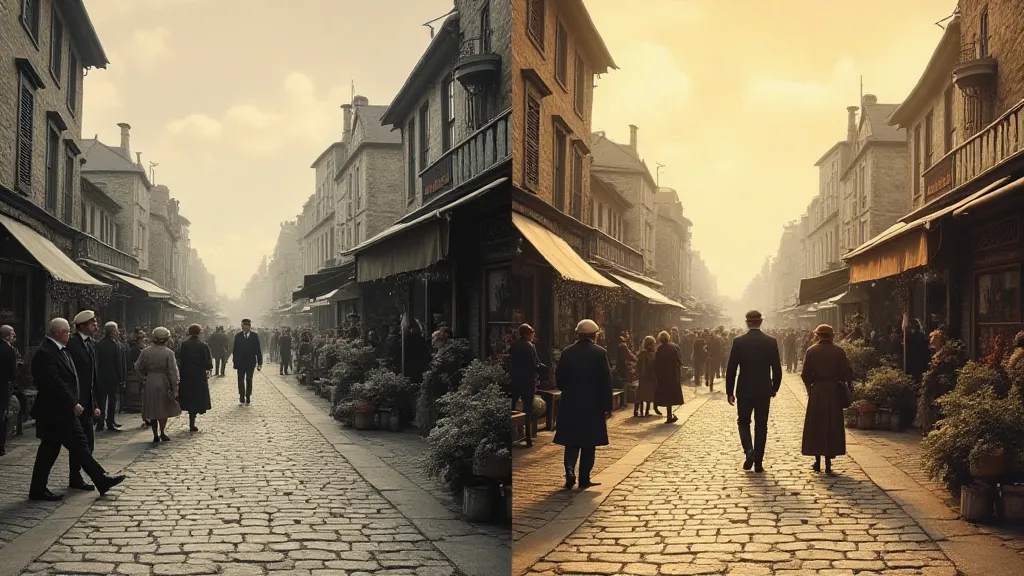
More Than Restoration: A Window into History
The process of colorizing antique postcards isn’t just about restoring images; it's about breathing life back into moments frozen in time. I often research the locations depicted on the postcards, learning about their history, their inhabitants, and the events that unfolded there. Knowing the context of the image deepens my appreciation for it and informs my restoration choices. For example, colorizing a postcard of a bustling marketplace in Vienna during the 1920s isn't just about choosing the right colors for the buildings and the clothing; it's about imagining the sounds, the smells, and the atmosphere of that era.
Sometimes, the research uncovers fascinating stories. A postcard of a humble storefront might reveal that it was once owned by a family who immigrated to America, seeking a better life. A postcard of a grand hotel might document the rise and fall of a once-thriving industry. These stories enrich the experience of looking at the postcard, transforming it from a simple image into a window into the past.
The Enduring Appeal of the Past
There’s a profound satisfaction in bringing these lost moments back to life. Seeing someone’s eyes widen with recognition as they gaze upon a colorized postcard of a place they once knew, or a family member they’ve long forgotten, is a truly rewarding experience. It’s a testament to the enduring appeal of the past – its ability to connect us to our heritage, to inspire our imagination, and to remind us of the shared human experience.
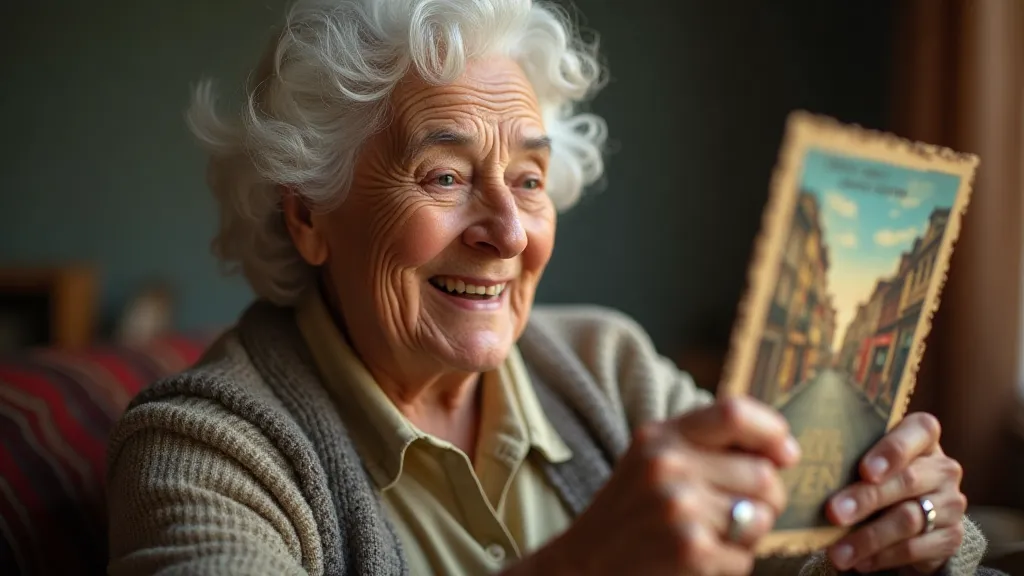
The alchemy of postcard colorization isn't just about transforming imperfect images into radiant history; it’s about preserving memories, honoring the past, and sharing the beauty of bygone eras with future generations. It’s a journey of discovery, a labor of love, and a profound connection to the enduring power of the past.
